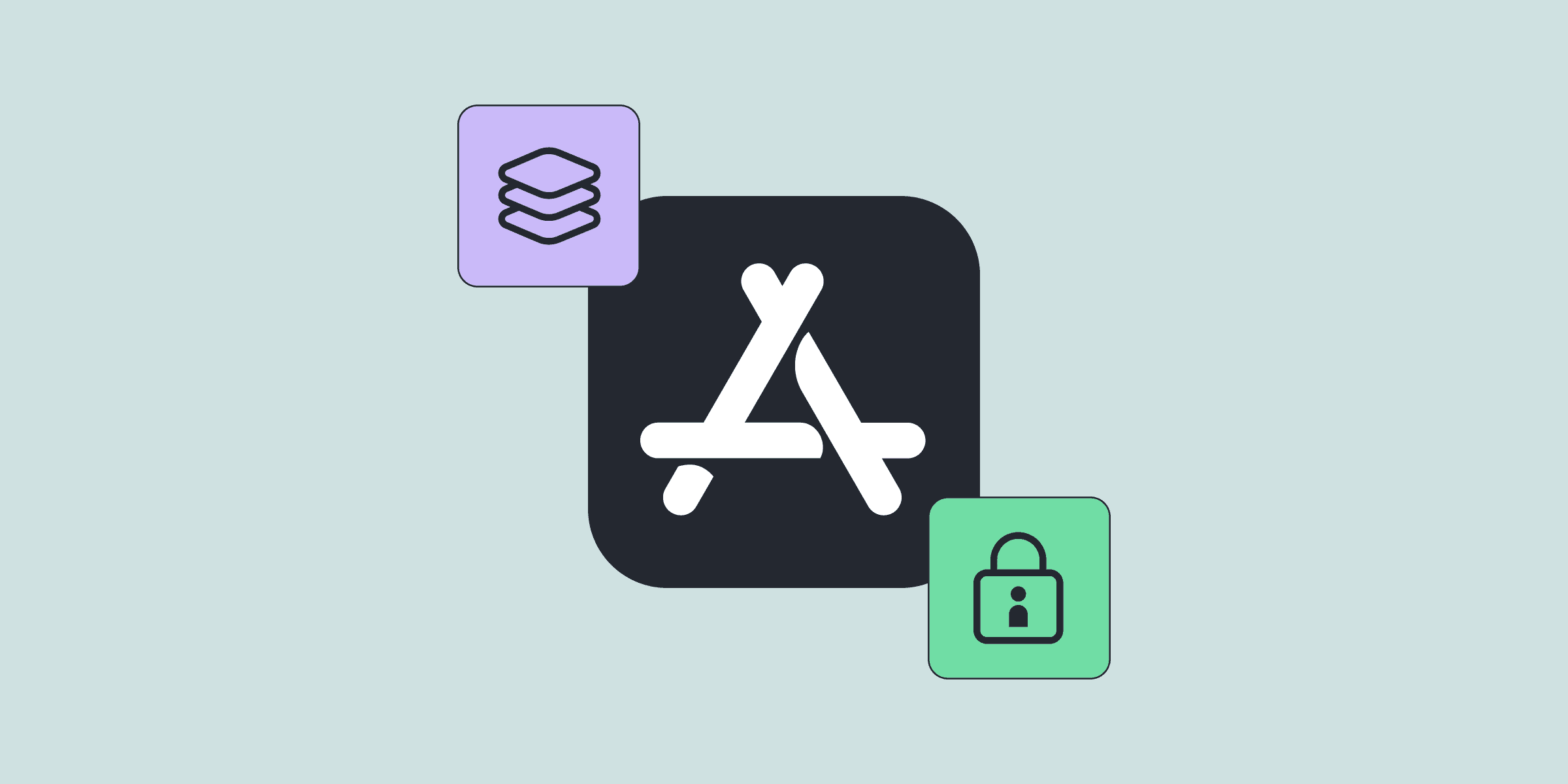Opt-In IDFA in iOS 14 and How It Can Change Mobile Marketing and Attribution
Opt-In IDFA in iOS 14 and How It Can Change Mobile Marketing and Attribution

Michael

Michael
Jun 28, 2020
Jun 28, 2020





Michael

Michael
Jun 28, 2020
Jun 28, 2020




Or book a demo with our team to learn more about Qonversion
Or book a demo with our team to learn more about Qonversion
Or book a demo with our team to learn more about Qonversion
Read more
Read more
Read more
Read more


Nov 29, 2024
Nov 29, 2024


Nov 25, 2024
Nov 25, 2024


Nov 22, 2024
Nov 22, 2024


Nov 19, 2024
Nov 19, 2024

Nov 29, 2024
Nov 29, 2024

Nov 25, 2024
Nov 25, 2024

Nov 22, 2024
Nov 22, 2024